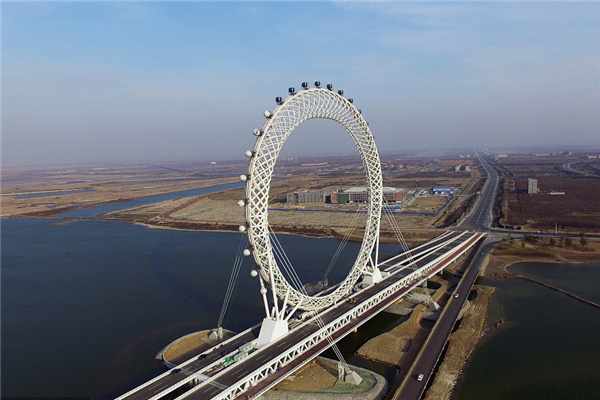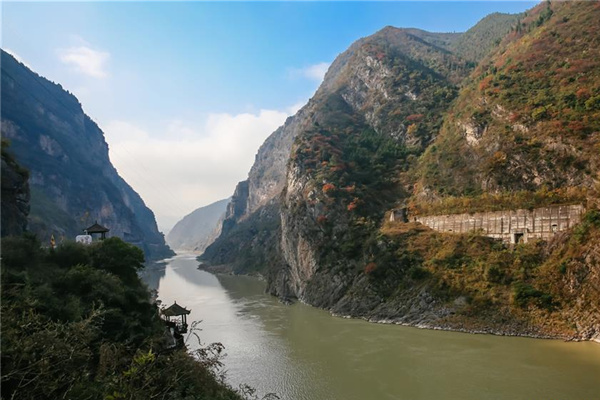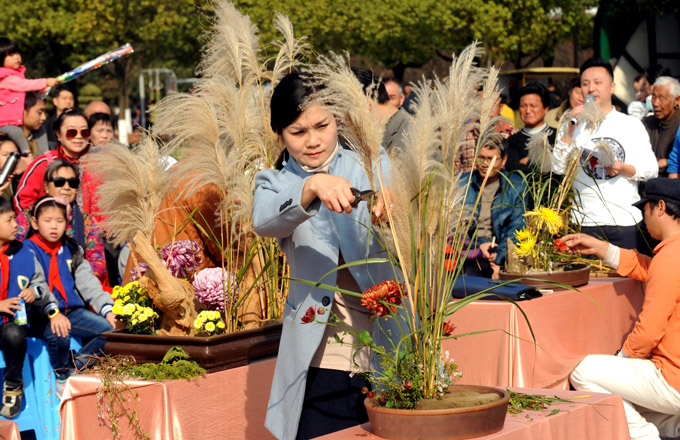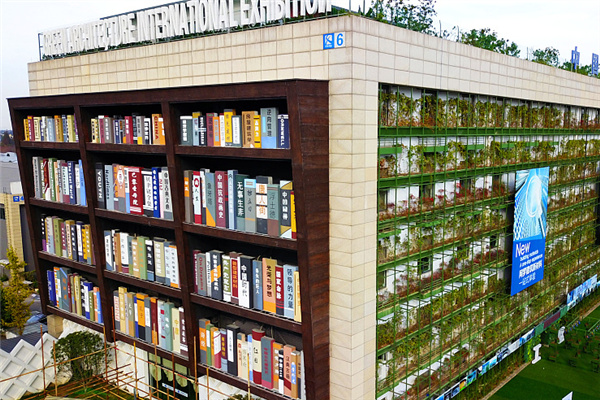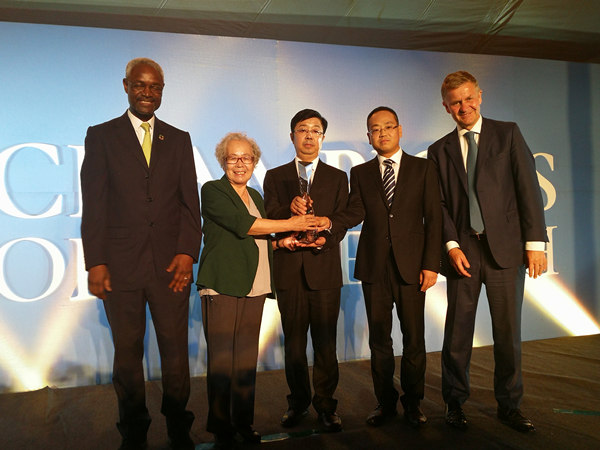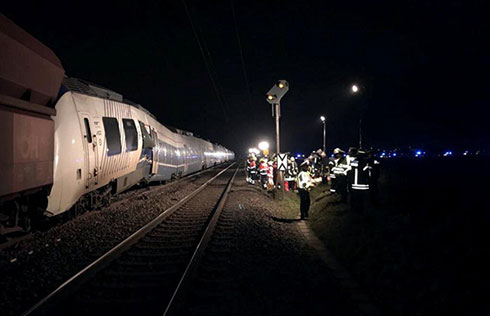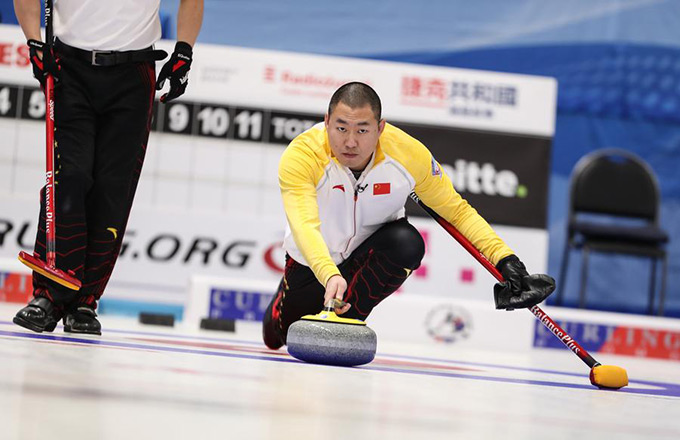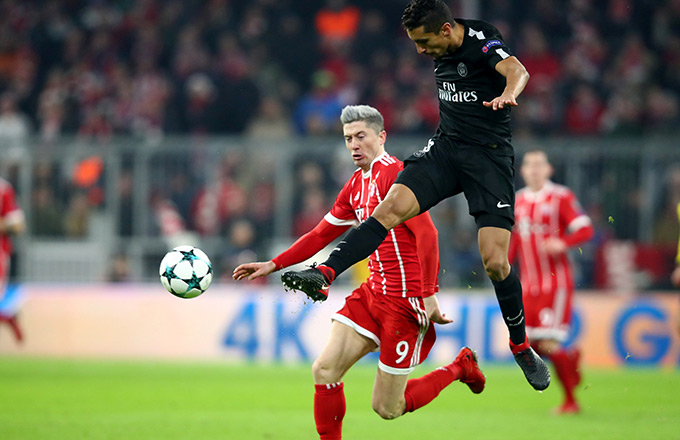

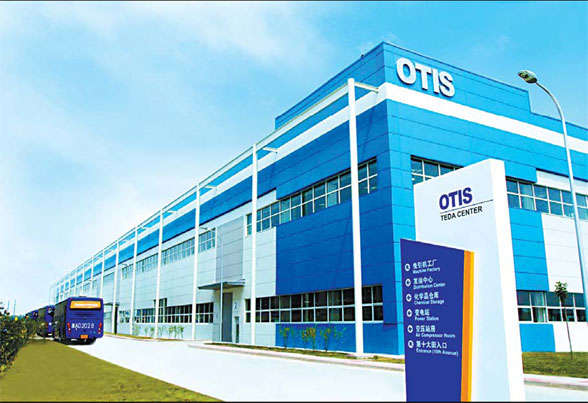
Focusing on China for China. That is the strategy the US-based elevator manufacturer Otis is adhering to in order to expand its business here.
Occupying 27 percent of the global elevator and escalator market, Otis is devoting most of its China production capacity to local consumption, says Lindsay Harvey, president of Otis Elevator Investment (China) Co Ltd.
China is considered the largest elevator and escalator new equipment market in the world - a market Otis has tapped in a big way. Its joint venture with Suzhou Jiangnan Elevator (Group) Co Ltd, the largest independent elevator company in China, was its seventh to date. Elsewhere in the world Otis has elevators in the Eiffel Tower, the Kremlin, the Washington Monument, Madrid's Royal Palace and Japan's first skyscraper.
The China JV company, Jiangnan Express Elevator Company is in Suzhou, a city of 5.7 million people two hours west of Shanghai. Otis' other six joint ventures in China are in Beijing, Guangzhou, Hangzhou, Shanghai, Dalian and Tianjin.
Otis' "green plant" in the Tianjin Economic Development Area (TEDA) is primarily for the Chinese market, with only a small portion of production going to overseas markets.
"About 10 percent of the output is for the Asian market outside China. And the proportion will drop in terms of percentage gradually," Harvey adds.
Otis will triple the production of its TEDA plant, the first eco-friendly manufacturing venture verified by the Chinese government.
Currently, the TEDA plant, which opened last year, has a capacity of 20,000 elevators every year. The expansion plan will result in an additional investment of $100 million by 2012.
The added investment in the plant also goes into training and people, Harvey adds.
The TEDA plant will have a new automatic production line, expected to come on stream very soon to produce high-rise elevators.
The high-rise elevators are being built using technologies introduced from Otis Japan through a joint venture between Otis' China and Japan branches.
China and the Middle East are two major markets for high-rise elevators, with China's market size expected to reaching 3,000 units per year, according to Harvey.
Otis' TEDA plant is also developing key components for other Otis joint ventures with Chinese partners.
New investments
For Otis, China is a strategically important market and an efficient manufacturing base.
Although the Chinese government is working to restrain speculative investments in the housing sector, the urbanization campaign is fueling the growth of elevator and escalator market.
Otis is trying to invest in line with the growth tendency of the local real estate market, Harvey says.
Otis is also eyeing investment expansion plans in Chongqing of Southwest China, and for plants in Northeast China, Guangzhou in South China and Suzhou of East China, Harvey says.
By diversifying investment locations, Otis seeks to balance the load in line with the markets.
Infrastructure, transportation and supply chains are major considerations for Otis in making a decision for new investments, Harvey adds.
The western and northeast Chinese markets are growing fast, but from a low base, Harvey says
The Beijing market is Otis' strongest area though because of the upcoming Olympics, the real estate market will probably slow down after the Games, though Otis expects a recovery next year.
In Harvey's eyes, China's elevator after-market service is maturing, and will drive the elevator business forward.
Otis is the only elevator company delivering direct after-sale work in China and the service is the best model to ensure safety and efficiency, according to Harvey.
The market for refurbishing and replacing elevators and escalators will be huge in the future, Harvey says.
The Chinese elevator association's data indicates that in recent years, the number of elevators in China is increasing with a rate of over 10 to 12 percent each year.
By the end of 2008, the number of elevators is expected to exceed one million and China will become the largest elevator user in the world.
At present, many international elevator manufacturers spare no effort in competing for the potential Chinese market and as such Otis is paying more attention to brand building.
Although the firm is not a consumer company, real estate developers use Otis' name, history and reputation to sell its products.
Experiencing reform
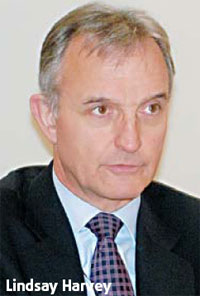
This year marks the 30th anniversary since China adopted the market-oriented economic reform and the opening-up policy.
As early birds to enter the Chinese market and to cash in from the policy, multinationals have a lot to share with their peers and competitors in terms of experience and Otis is one of them.
An obvious change observed by Harvey from the start of China's market-reform, is that instead of buying western-patented technologies, Chinese companies are offering increasing ideas and Intellectual Property Right (IPR) technologies to foreign counterparts.
Otis has entered into a partnership with Shenyang Blue Light to form an R&D-oriented joint venture focusing on machine development and production.
"Technology transfer used to carry more importance from foreign countries to China. Now it seems that more ideas are generated from China," Harvey says.
OTIS will expand in similar operations as Shenyang's.
Binhai New Area
In Harvey's eyes, the development of the Tianjin Binhai New Area will offer golden business development chances for Otis and vice versa.
The business opportunities will lie in manufacturing, sales operation, field operation and post-sale service.
It is expected that there will be a 27 percent investment increase from Tianjin's real estate market.
Otis' parent Company, United Technologies Corporation is planning to offer products and solutions for a new "eco-city" planned in the Binhai New Area.
Products will include not only energy-efficient elevators, but also other green product and solutions, such as air-conditioning, heating and refrigeration equipments, building management and security systems.
(China Daily 05/26/2008 page7)


